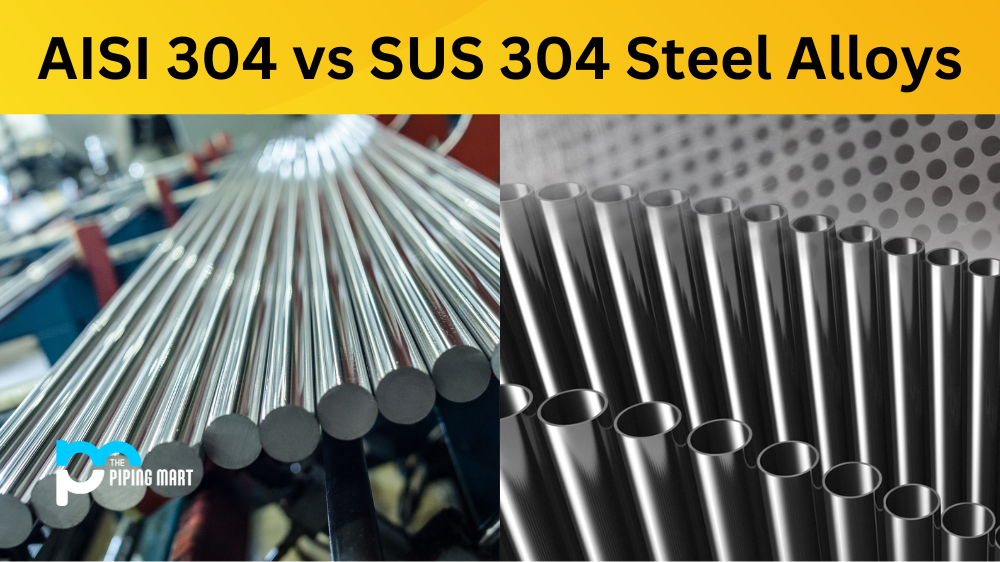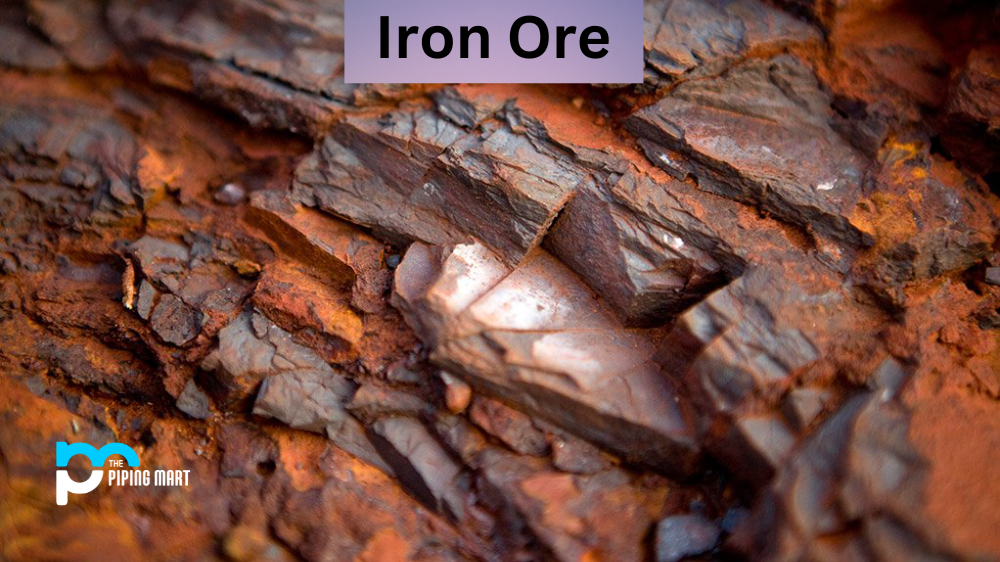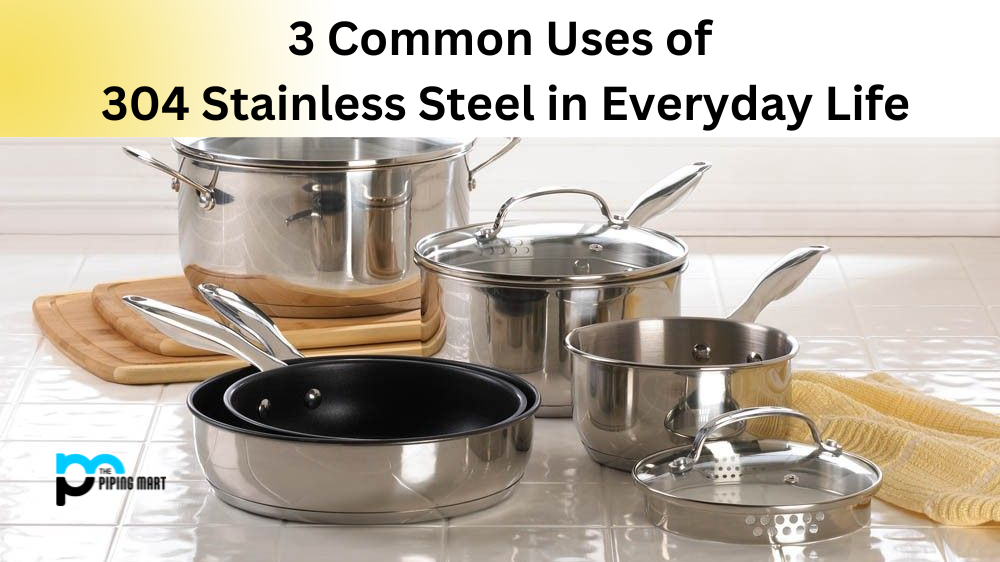When it comes to stainless steel, there are many different types for various applications. Two of the most commonly used alloys are AISI 304 and SUS 304. While both alloys have similar chemical compositions, their mechanical properties and applications differ. Let’s take a closer look at these two materials so you can better understand how they compare.
Difference Between AISI 304 and SUS 304 Steel Alloy
Chemical Composition
AISI 304 and SUS 304 steel alloys have nearly identical chemical compositions, with the most significant difference being that Carbon is slightly higher in AISI than in SUS (0.08% vs 0.07%, respectively). Both alloys contain 18-20% Chromium, 8-10% Nickel, 0-2%Molybdenum, 0-0.1% Nitrogen, max 0.1% Phosphorus, max 0.045% Sulphur, max 1% Manganese, and max 0.03% Silicon as well as trace amounts of other elements such as Iron (Fe) and Copper (Cu). Their chemical compositions are generally similar, making them interchangeable for some uses but not others.
Mechanical Properties
The main difference between AISI 304 and SUS 304 lies in their mechanical properties, precisely their yield strength, tensile strength, elongation values at breakage points, impact resistance values under certain temperatures (cryogenic), magnetic permeability levels (non-magnetic or magnetic), formability traits such as stretchability or bendability ratio compared to other metals/alloys plus much more data associated with the mechanical characteristics of each alloy type/grade which must be taken into consideration when selecting an appropriate material for an application requiring one or more specific properties to perform optimally in its intended use environment(s). It’s important to note that these two materials do not always share the same mechanical properties—for example, while both alloys may possess good formability traits when cold formed into shapes such as tubes or pipes – SUS might be more dimensionally stable during those processes than AISI due to its higher carbon content which gives it more excellent resistance against distortions caused by thermal changes during production or assembly operations –. In contrast, AISI might offer better corrosion resistance protection against specific chemicals due to its lower carbon content making it less prone to pitting/crevice corrosion compared to SUS over time when exposed to certain types of corrosive agents like seawater, etcetera… All these factors also affect cost since one material might require an additional amount of expensive treatment processes like heat treatment/solution annealing/welding, etcetera, before being put into service. In contrast, others may be ready right off the shelf – so cost needs to be considered when selecting a material for an application too!
Conclusion:
To summarize, AISI 304 and SUS304 steel alloys have very similar chemical compositions. Still, they differ significantly in terms of their mechanical properties, including yield strength, tensile strength, elongation values at breakage points, etcetera… Depending on what your project/application requires – one might be more suitable than the other – therefore, you must do your research thoroughly before settling on either one – especially if there’s a significant difference in price involved! That way, you can ensure you get exactly what you need without having any regrets later.

Abhishek is a seasoned blogger and industry expert, sharing his insights and knowledge on various topics. With his research, Abhishek offers valuable insights and tips for professionals and enthusiasts. Follow him for expert advice on the latest trends and developments in the metal industry.




